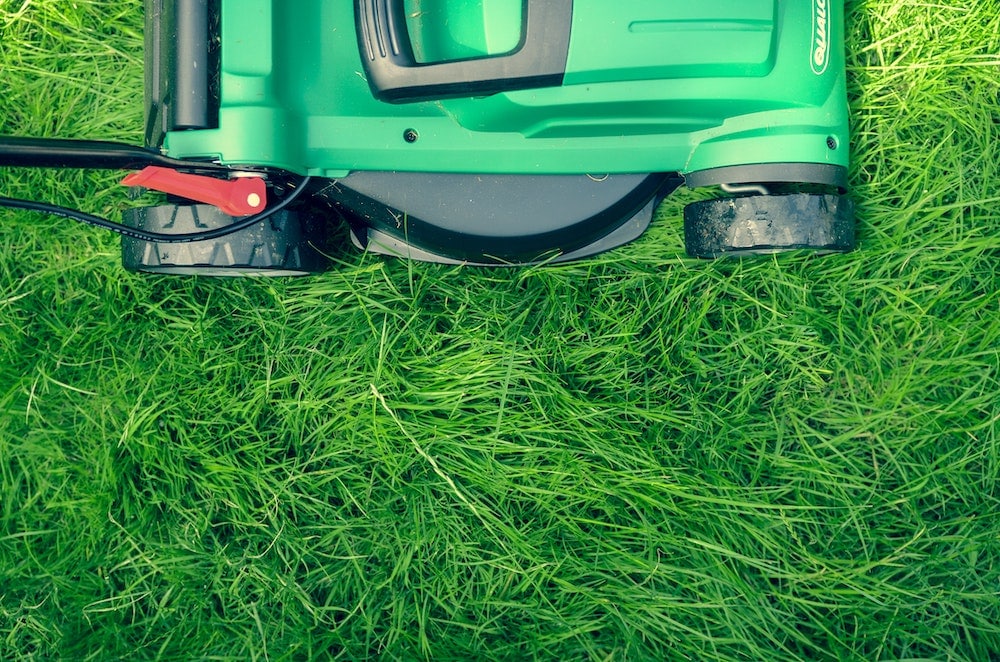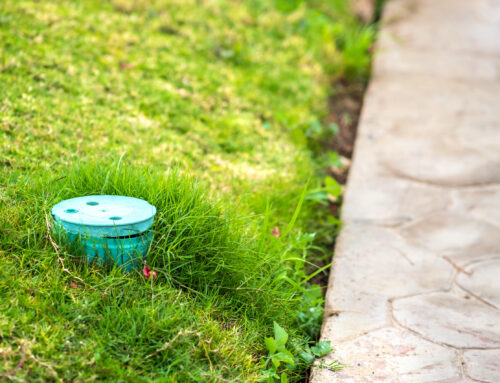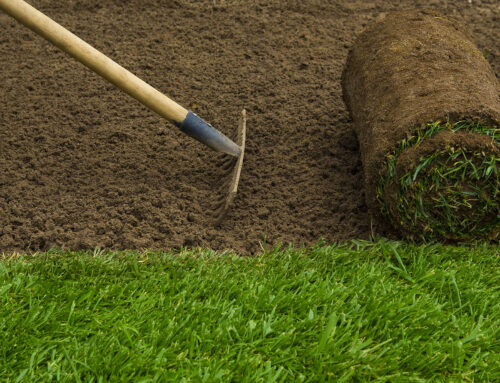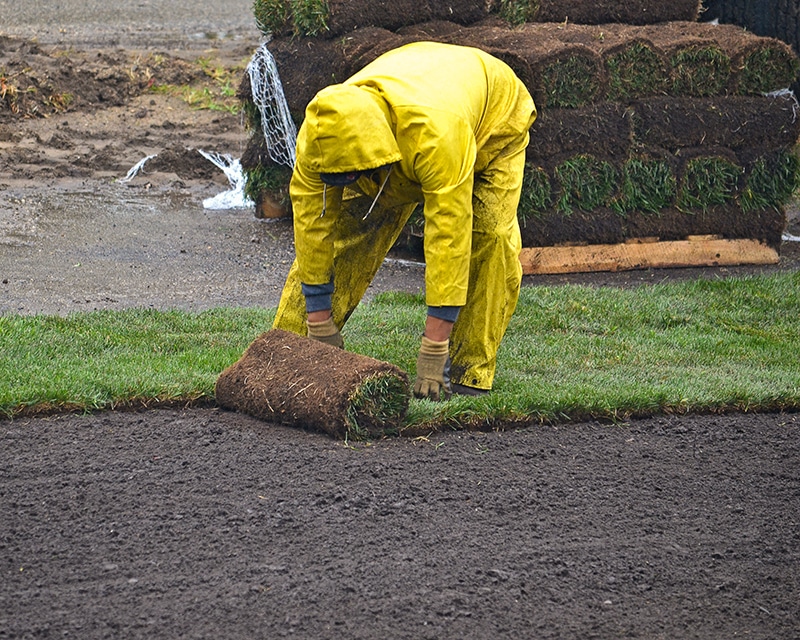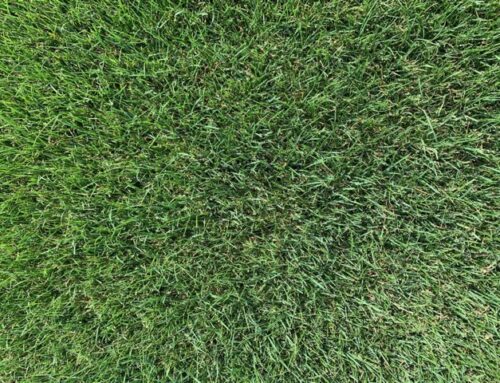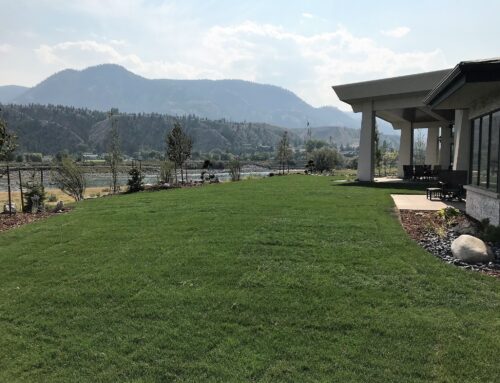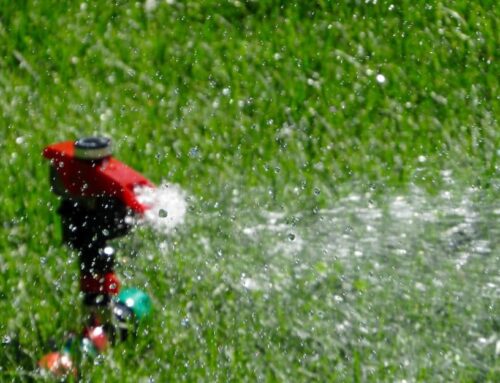In the quest for a beautiful, lush, green lawn, there are a few options that you can explore and some choices to make. One such choice is whether you should lay sod or consider hydroseeding. Both are excellent options, and both provide thicker, greener grass than planting regular seed, but which is the right choice for you?
What is Hydroseeding?
If you are not familiar with hydroseeding, you might be wondering what it is and how it works. It involves spraying a mixture of seed and water onto bare soil. Generally, it is comprised of both ryegrass and bluegrass. It will often take about a week to 10 days for results to appear, at which time you will begin to see some growth, which is often the faster-growing ryegrass, then followed by bluegrass at about 3-4 weeks.
Although hydroseeding doesn’t provide immediate results like sod, it can be a cheaper option and a much quicker alternative to planting regular seed. The method of application also ensures neat, even coverage. On the downside, all organic material will need to be cleared away before the hydroseeding can take place. This means that any existing grass, weeds, and other debris must be removed. Stripping the area where you plan to hydroseed will add to your expenses.
Some other negatives to hydroseeding include the fact that you will not be able to walk on it for about a month, unlike sod which can be walked upon right away. You will also need to water, weed, and fertilize the area, whereas the manufacturers will typically handle this for sod.
What is Sod?
You have likely seen sod on several occasions. It is grass that is already growing, complete with its roots. It is grown on a farm and then cut and rolled up like a carpet to be laid down at its destination. As each section is unrolled, you quickly create your new lawn.
Sod should be installed in cooler months, preferably the spring or fall, as this helps to keep the roots from drying out while it establishes itself in its new location. Laying sod requires less preparation than hydroseeding and it also requires less watering, though it should still be watered 3 or 4 times each day for a week or so. Like hydroseeding, sod does have its own downside, that being that it is quite labour intensive. It needs to be cut, rolled, transported, and then, finally, installed.
Making a Choice
Both hydroseeding and sod can provide you with a beautiful, green lawn. Ultimately, the choice of which option to take will depend on such factors as your budget and how quickly you want to have your lawn in place. If you are on a tight budget or don’t mind a longer wait, hydroseeding may appeal to you. If you want your lawn in place and ready to walk on immediately, you will probably want to go with sod. Either way, the lawn you are dreaming of can be yours.
Do you have questions about installing sod vs Hydroseeding? Contact the team at Sod Crew and we would be happy to answer your questions or give you a quote for sod installation.

